HAVC: Seven years of activity, four years of the National Programme
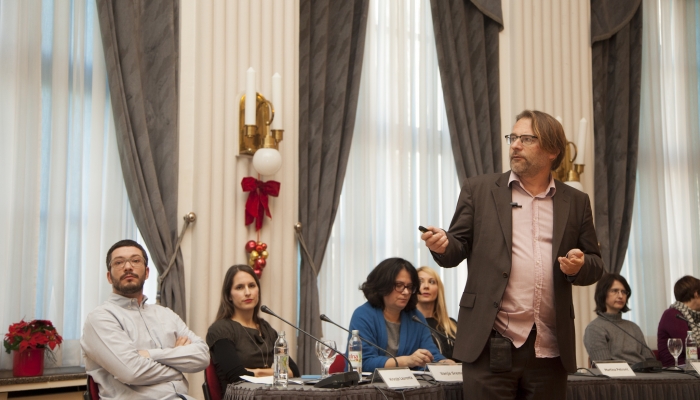
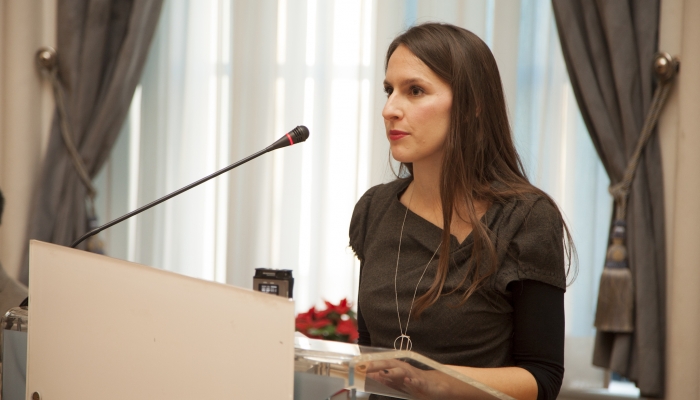

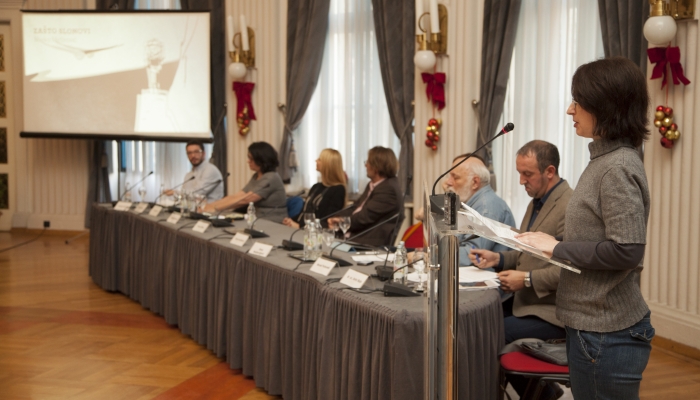
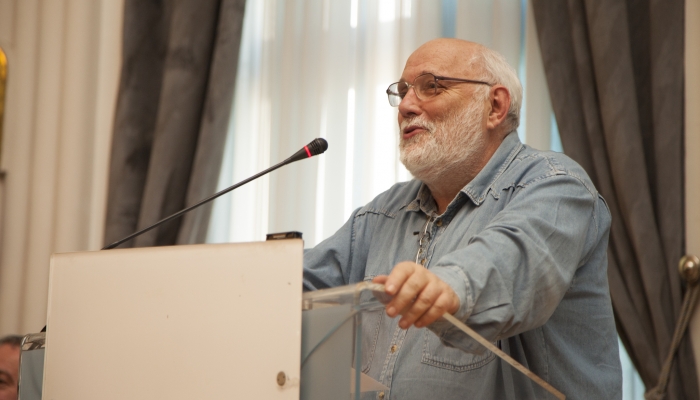

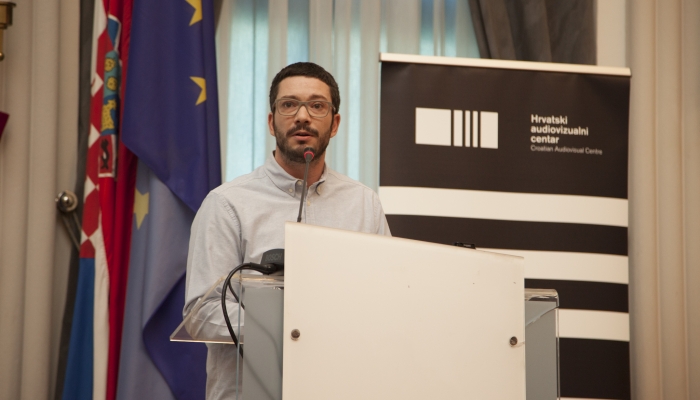
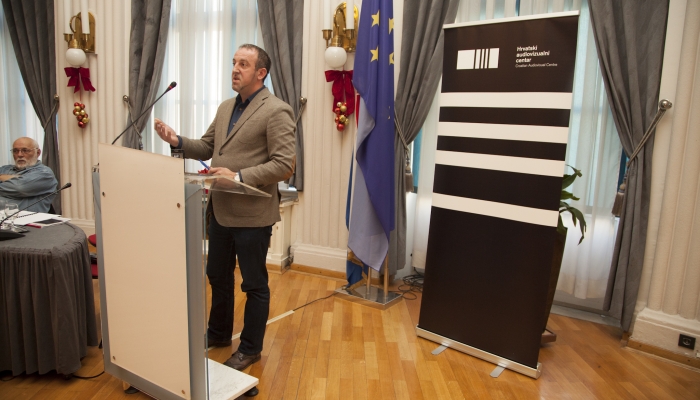
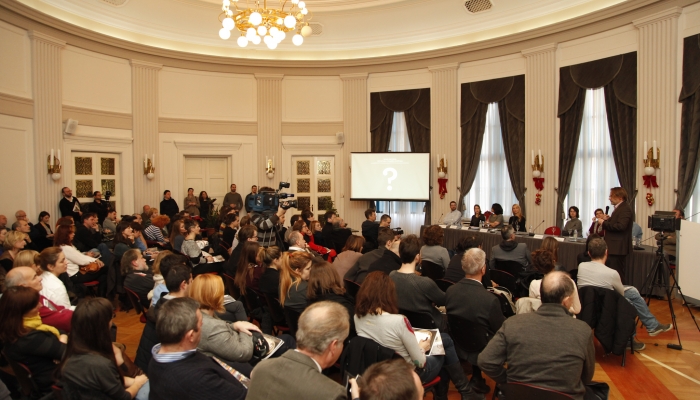
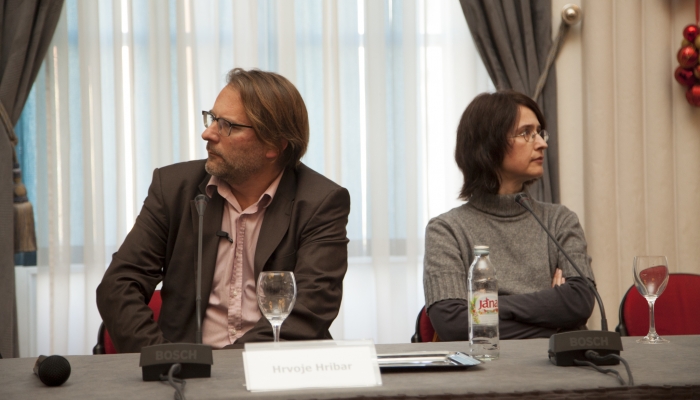
Before passing the new National Programme for Audiovisual Activity Development, on Thursday a presentation was held at Novinarski dom to acquaint the public with the results of HAVC’s seven-year work and the implementation of the current four-year National Programme.
In seven years of the Centre’s existence, a total of 513 audiovisual works have been produced (56 feature fiction films), 288 funds for script and project development granted, support to 146 companies given, the Centre had four heads, and its activities included 38 artistic advisors and 46 members of the Audiovisual Council. ‘HAVC is neither only the things listed, nor a feature fiction film, but much more. HAVC is Eurimages, Creative Europe, Digitisation and Cinema Department, HAVC is a machine for film services export, with nine full-time employees and 10 to 11 associates. If some other bodies in the public sphere applied this kind of structure and energy it takes, we would all live better lives,’ said the Head of HAVC, Hrvoje Hribar.
Vanja Sremac, senior adviser at HAVC, explained the Centre’s operations and the areas of competencies of individual bodies. ‘It is important to bear in mind that decision-making in HAVC is given to the profession. The Audiovisual Council is an independent 13-member platform governing an 11-member artistic council. The Head and professional departments are there to help and sustain the system, but with no decision-making powers, as well as a Board of Directors that oversees the Head’s work and the professional departments’ operations, but does not participate in the decision-making related to programmes. Also, it does not oversee the work of the Audiovisual and Artistic Councils, two completely independent bodies,’ said Sremac.
Sanja Ravlić, the Croatian representative at Eurimages, revealed that Croatia, since it became a member of the fund in 2004, has drawn €2.750,987 for co-productions, which makes it one of the five most successful fund members. Head of the Creative Europe Desk – Media Office Martina Petrović said that Croatia has drawn from the MEDIA Programme for the development of AV industry from 2008 to now a total of €3.831,124. Ravlić said also that co-productions are a frequent European and global practice, ‘not only out of financial reasons, but they also travel better, develop local creative potentials and finally create a positive image on the country as a country open to collaboration’.
Producers Vanja Andrijević and Nenad Puhovski spoke about the condition in animated, experimental and documentary film. Mentioning the success stories of Croatian animated and experimental films at festivals, but also describing the problems animators meet, Andrijević said that HAVC guarantees the stability of financing that contributes to the quality of films and professionalization. Puhovski commended HAVC’s public calls for script and project development, which ‘cover the entire process, from research to distribution, which has infinitely changed the way documentaries are produced in Croatia’. ‘Ten days ago Zagreb’s cinema listings included five documentaries which would never have been realised without HAVC, one way or another. The fact that there is a rounded up production is, in my opinion, just what we all need’, said Puhovski.
‘I should point out that in the 17 years of Croatian independence to the establishment of HAVC, only two women had a chance to make feature fiction films – Oja Kodar and Snježana Tribuson. With HAVC, this changed drastically – of 22 debuting filmmakers who were granted HAVC’s funds, eight were women. Vlatka Vorkapić waited for her blockbuster Sonja and the Bull for 20 years, and now the waiting is shortened to 3-4 years’, said director Dana Budisavljević in her explanation how HAVC changed the production method on the example of her project Diana’s List, which went through several development stages between 2010 and 2014.
Hrvoje Laurenta spoke about the establishment of the Independent Cinema Network, where he acts as president, and which so far gathers 27 cinemas from 24 towns, with a tendency of increasing the number of members. ‘The digitisation projects implemented in Croatia as a strategic goal of the National Programme serves as a model to other countries that yet need to implement it’, said Laurenta.
The economic and fiscal effects of audiovisual activity and state funds were the topic professor Ante Bajo from the Institute of Public Finance spoke about. ‘Local AV industry comprises a substantial part of 0.5% in the GDP structure. True, this is not much, but the percentage is growing. Croatia can compete with successful EU countries, and every invested kuna brings 1.5 to 2.3 kuna directly to the state budget. Every 100 employees in the AV business are followed by 200-300 additional employees in the accompanying sectors’, said Bajo, presenting the data on audiovisual industry which gathers 358 companies and employs about 1000 people.
At the very end, Hrvoje Hribar presented the results of the implementation of the National Programme of Audiovisual Activity Development 2010-2014, pointing out that four out of five objectives were met. Funding stability is ensured, the number of viewers grew exponentially, as well as film service export (170 million kuna in three years), and independent cinema digitisation was successfully implemented. The unsolved issue refers to the property of national film heritage, a problem to be solved without delay.
Title photographs: Hrvoje Hribar; Vanja Sremac; Sanja Ravlić; Martina Petrović; Vanja Andrijević; Nenad Puhovski; Dana Budisavljević; Hrvoje Laurenta; dr. Anto Bajo; publika; Hrvoje Hribar and Vanja Andrijević; speakers at the presentation
High resolution photographs are available for download here; all photos by Doris Fatur.
